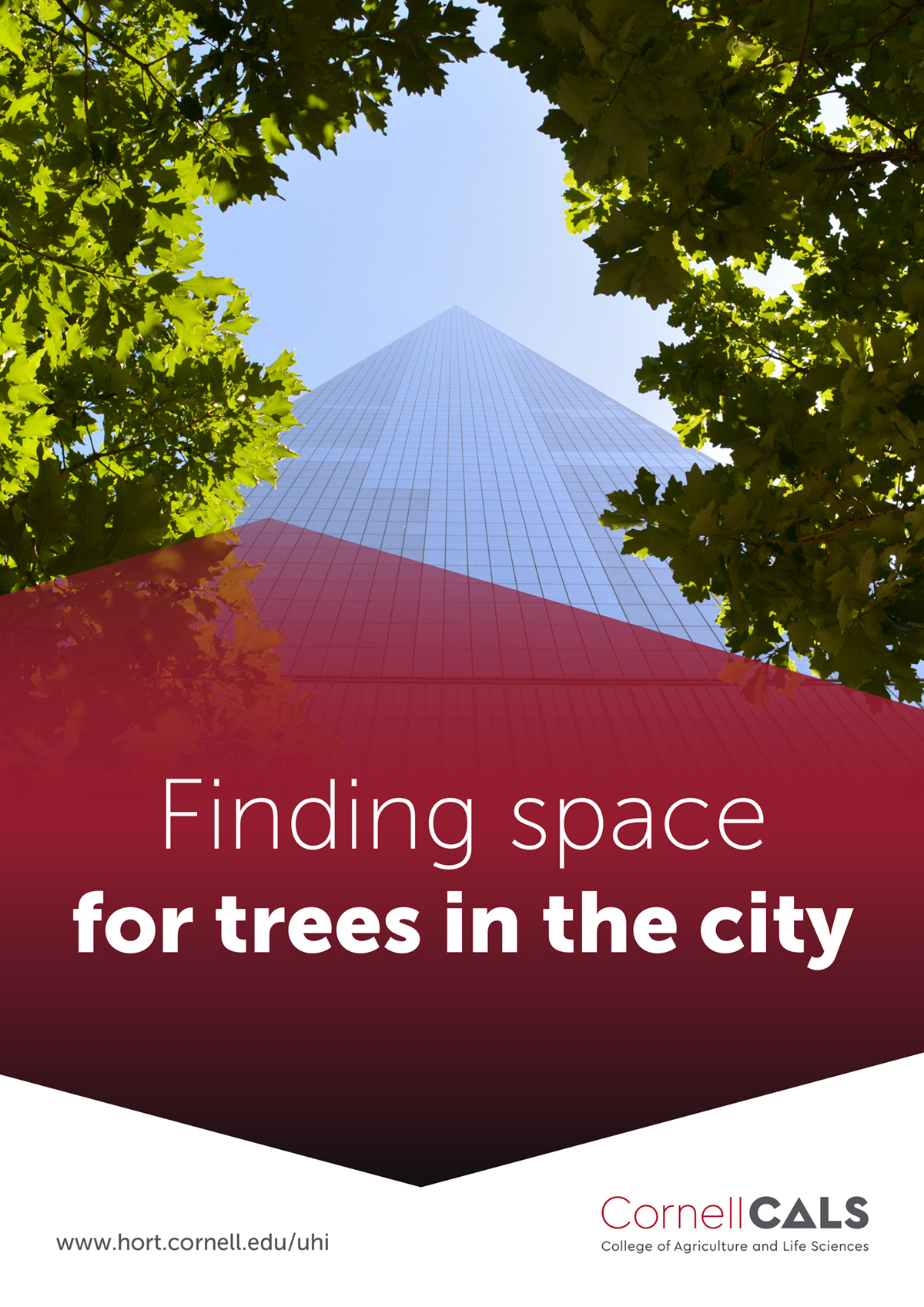Nina Bassuk, Urban Horticulture Institute, Cornell University, Ithaca, NY explains the importance of finding space for trees in the urban environment. She also shares her thoughts on the value of green spaces in inner cities and how we should choose the best trees for this purpose
The first part of this analysis underlines the fact that trees have difficulties surviving in urban and suburban environments is not a surprise, indeed, such areas are rarely designed with trees in mind. Trees are often treated as if they were afterthoughts in an environment intended for cars, pedestrians, buildings, roadways, sidewalks and utilities. Amongst the many insights detailed here, one is that the most significant problem urban trees face is the scarcity of soil suitable for root growth.
The second part of this analysis concerns how we choose the best trees for greening the inner city. One aspect of this is that the world’s population is increasingly urban, in the view of the author. Indeed, in the United States alone, 85% of the population lives in urban areas and that trend is expected to continue in the future. One fascinating fact underlined is that tree planting sites are subject to microclimates caused by buildings and paved surfaces, for example, when it is 24°C, the surface temperatures of pavement or building walls can reflect 40-52°C temperatures.
In addition, bearing in mind climate change, cities experience longer periods without rain and then heavy downpours. Also, we find out that by far, the most stressful urban condition for trees is the lack of accessible soil. Having looked at these concerns, we then learn that trees provide reducing stormwater runoff and pollution, thus providing habitat for pollinators, sequestering carbon, reducing air pollution and providing significant energy conservation in summer and winter.


